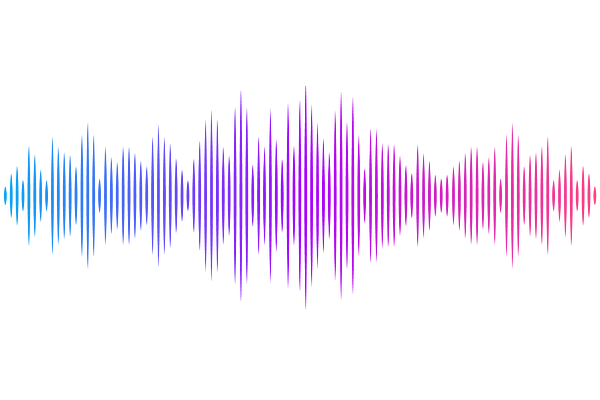Dual roles of glycine betaine (GB), dimethylglycine, and sarcosine as osmoprotectants and nutrient sources for Vibrio natriegens

Dual roles of glycine betaine (GB), dimethylglycine, and sarcosine as osmoprotectants and nutrient sources for Vibrio natriegens
Thomas, H. E.; Boas Lichty, K.; RICHARDS, G. P.; Boyd, E. F.
AbstractBacteria respond to osmotic stress by intracellularly accumulating low molecular weight compounds called compatible solutes (CS), also known as osmolytes. Glycine betaine (N,N,N-trimethylglycine, GB) is a highly effective and widely available osmolyte used by bacteria, algae, and plants for abiotic stress protection. Here, we highlight the dual roles of GB, dimethyl glycine (DMG), and sarcosine for both osmoprotection and a less known role as sole carbon sources. First, we showed that the marine halophile Vibrio natriegens can grow in 1% to 7% NaCl and biosynthesize GB, ectoine, and glutamate, and imported GB, DMG, and sarcosine in response to osmotic stress. Betaine-carnitine-choline transporters (BCCTs) for the uptake of GB and DMG, but not sarcosine, were identified. Bioinformatics analyses uncovered homologs of GB, DMG, and sarcosine catabolism genes (dgcAB_fixAB, gbcA, gbcB, purU, soxBDAG, glyA, glxA) clustered in the V. natriegens genome and these genes had a limited distribution among vibrios. We showed V. natriegens ATCC 14048 grew on GB, DMG, and sarcosine as sole carbon sources and gbcA and dgcA were required for growth. A contiguous catabolism cluster was present in a subset of V. fluvialis strains, and we demonstrated growth of V. fluvialis 2013V-1197 in DMG and sarcosine as sole carbon sources. Phylogenetic analysis revealed the catabolism cluster did not share a common ancestor among members of the family Vibrionaceae.